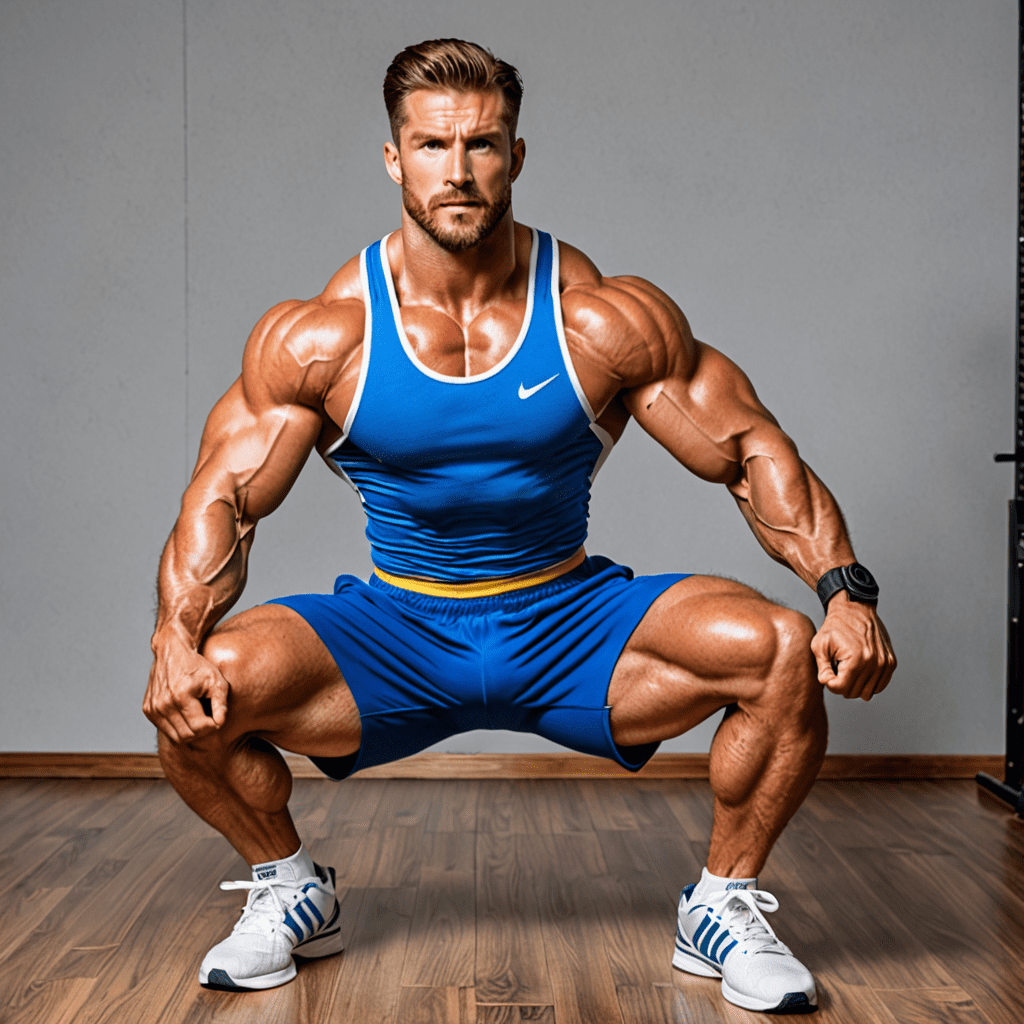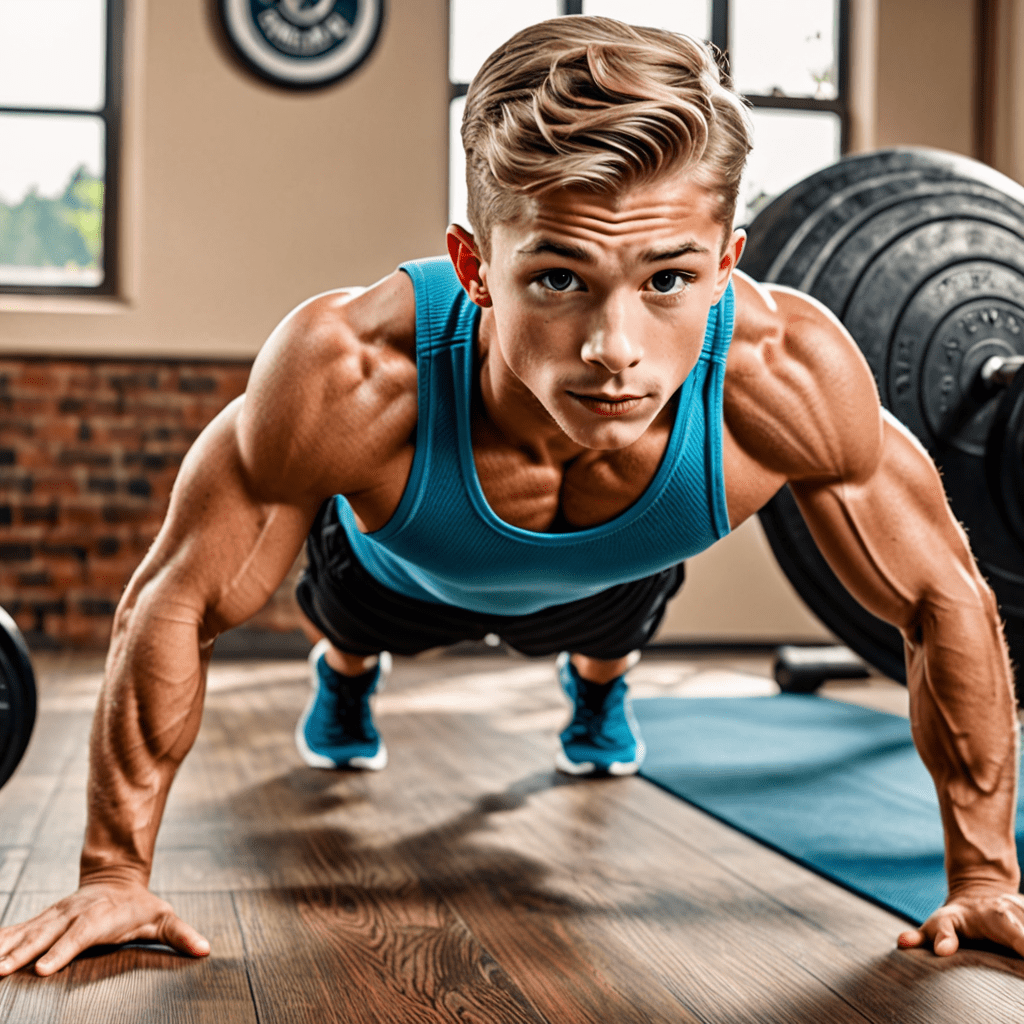
Why Does My Knee Hurt When I Squat Down?
Knee pain when squatting down is a common issue experienced by many individuals, especially those involved in fitness activities such as weightlifting or functional training. Understanding the underlying causes of this pain is crucial in order to prevent further injury and improve overall knee health. In this comprehensive guide, we will explore the various reasons why your knee might hurt when squatting down and provide valuable insights on how to alleviate and prevent this discomfort.
Common Causes of Knee Pain During Squats
There are several factors that can contribute to knee pain during squats. It’s important to identify the specific cause of your knee pain in order to tailor your approach to addressing the issue. Here are some common causes:
1. Poor Squat Form
Improper squat form, such as leaning too far forward, not pushing the knees out, or allowing the knees to cave inwards, can put excessive stress on the knee joint. This can lead to pain and discomfort during squats. It’s essential to maintain proper form and ensure that your body is properly aligned throughout the entire movement.
2. Weak Muscles
Weak muscles, particularly the quadriceps, hamstrings, and glutes, can contribute to knee pain when squatting down. These muscles play a vital role in stabilizing the knee joint and absorbing the forces generated during the squatting motion. Strengthening these muscles through targeted exercises can help alleviate knee pain and improve overall squat performance.
3. Joint Mobility Restrictions
Limited joint mobility, specifically in the ankles, hips, and knees, can result in compensatory movements and excessive stress on the knee joint during squats. Identifying and addressing any mobility restrictions through targeted stretching and mobility exercises can help reduce knee pain and enhance squat technique.
4. Previous Injuries or Conditions
Individuals with a history of knee injuries or underlying conditions, such as osteoarthritis or tendinitis, may experience knee pain during squatting movements. These pre-existing conditions can make the knee joint more susceptible to discomfort and pain. Consulting with a healthcare professional is recommended in order to develop an appropriate exercise plan and implement necessary strategies to manage knee pain during squats.
5. Overtraining or Sudden Increase in Intensity
Overtraining or abruptly increasing the intensity of your squatting routine without allowing for proper rest and recovery can put excessive strain on the knee joint. This can lead to pain and inflammation in the knee. Gradually progressing your squatting routine and incorporating proper recovery strategies, such as rest days and adequate nutrition, can help prevent knee pain caused by overuse.
6. Wearing Improper Footwear
Wearing footwear that lacks proper support or cushioning can contribute to knee pain during squats. Inadequate footwear can affect the alignment of the feet, leading to improper knee tracking and increased stress on the knee joint. Investing in appropriate athletic shoes designed for weightlifting or functional training can help alleviate knee pain and provide better support during squats.
Tips to Alleviate Knee Pain During Squats
If you experience knee pain when squatting down, here are some tips that may help alleviate the discomfort and improve your squatting technique:
- Focus on maintaining proper form and technique throughout the entire squatting motion. Engage your core, keep your back straight, and ensure that your knees track in line with your toes.
- Strengthen the muscles surrounding the knee joint, such as the quadriceps, hamstrings, and glutes, through targeted exercises such as lunges, step-ups, and glute bridges.
- Incorporate regular stretching and mobility exercises to improve joint mobility in the ankles, hips, and knees.
- Gradually increase the intensity of your squatting routine to allow your body to adapt and avoid overuse injuries. Ensure that you incorporate rest days and listen to your body’s signals.
- Consider using knee sleeves or braces for additional support and compression during squats, especially if you have pre-existing knee conditions or a history of knee injuries.
- Invest in proper footwear specifically designed for weightlifting or functional training to provide adequate support and alignment.
FAQ
Q: Should I continue squatting despite experiencing knee pain?
A: It is not recommended to continue squatting if you are experiencing knee pain. It’s essential to identify the cause of the pain and address it before continuing any squatting exercises. Consult with a healthcare professional to determine the appropriate course of action.
Q: How long does it take for knee pain during squats to go away?
A: The duration for knee pain to go away depends on the cause and severity of the pain. With proper rest, recovery, and targeted exercises, knee pain can often improve within a few weeks. However, it is advisable to seek professional advice for an accurate assessment and guidance.
Q: Can squats strengthen the knee joint?
A: Yes, when performed correctly and with the appropriate form, squats can strengthen the muscles surrounding the knee joint, providing stability and improving overall knee health. However, it is crucial to start with light weights and gradually increase intensity to prevent injury.
Q: Are there any alternative exercises for individuals experiencing knee pain during squats?
A: Yes, there are alternative exercises that can provide similar benefits to squats without causing knee pain. These include leg presses, lunges, step-ups, and glute bridges. Consult with a fitness professional to determine the best alternative exercises for your specific needs.
Q: Can knee pain during squats be prevented?
A: Yes, knee pain during squats can often be prevented by maintaining proper form, gradually increasing intensity, and ensuring adequate muscle strength and joint mobility. Additionally, warming up properly before squatting and wearing appropriate footwear can help prevent knee pain.
Q: When should I seek medical attention for knee pain during squats?
A: It is advisable to seek medical attention for knee pain during squats if the pain is severe, persists for an extended period, or is accompanied by swelling, locking, or instability in the knee joint. A healthcare professional will be able to properly assess the issue and recommend appropriate treatment options.
In conclusion, knee pain during squats can be caused by various factors, including poor form, weak muscles, joint mobility restrictions, previous injuries or conditions, overtraining, and improper footwear. By identifying the specific cause of your knee pain and implementing targeted strategies, you can alleviate discomfort and improve your squatting technique. Remember to consult with a healthcare professional for accurate diagnosis and personalized recommendations. With proper care and modifications, you can enjoy pain-free squats and enhance your overall fitness journey.


